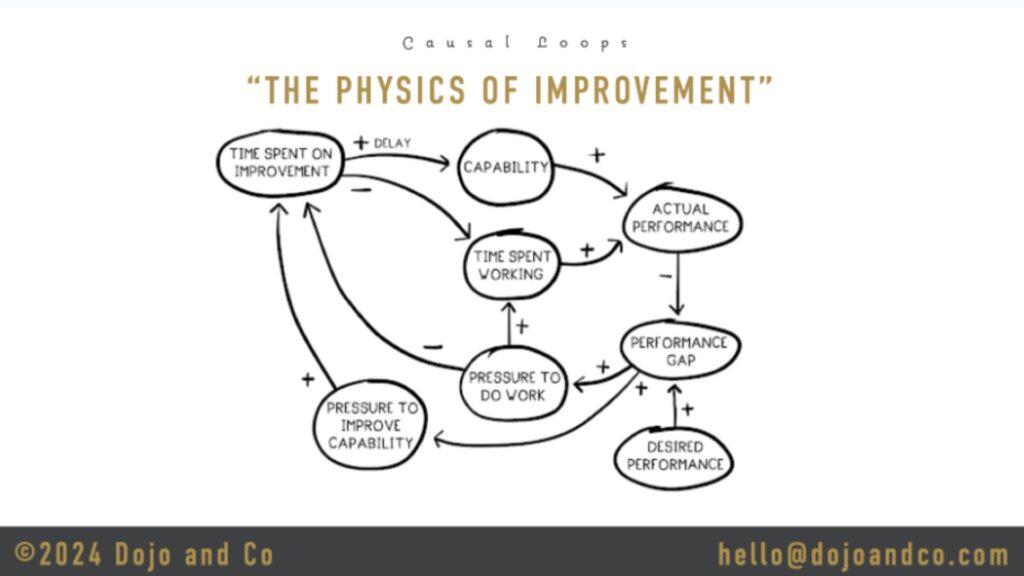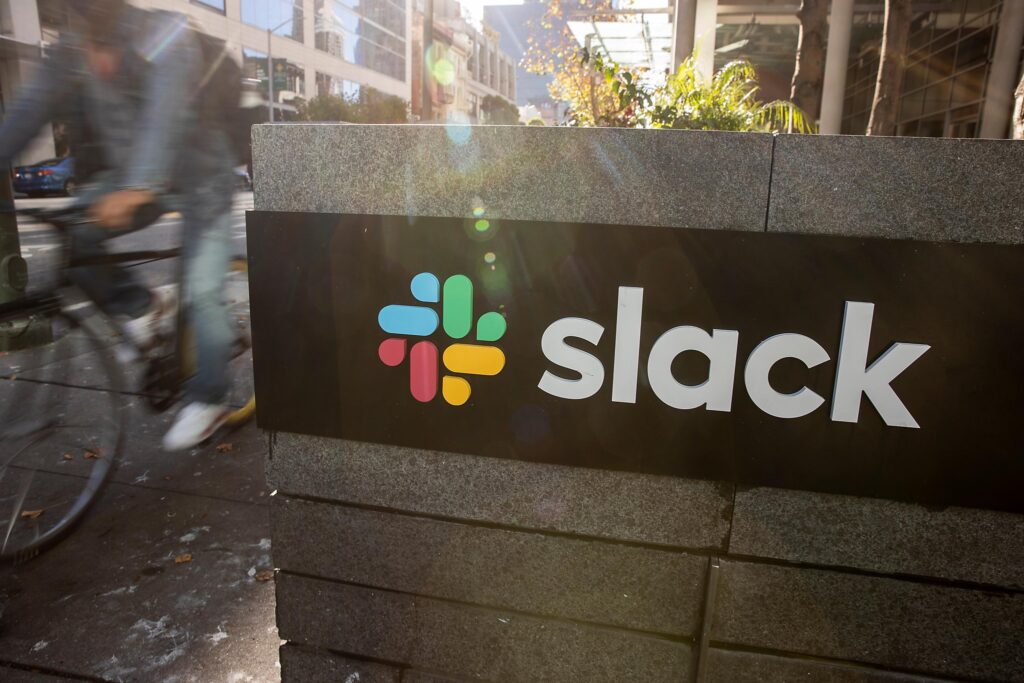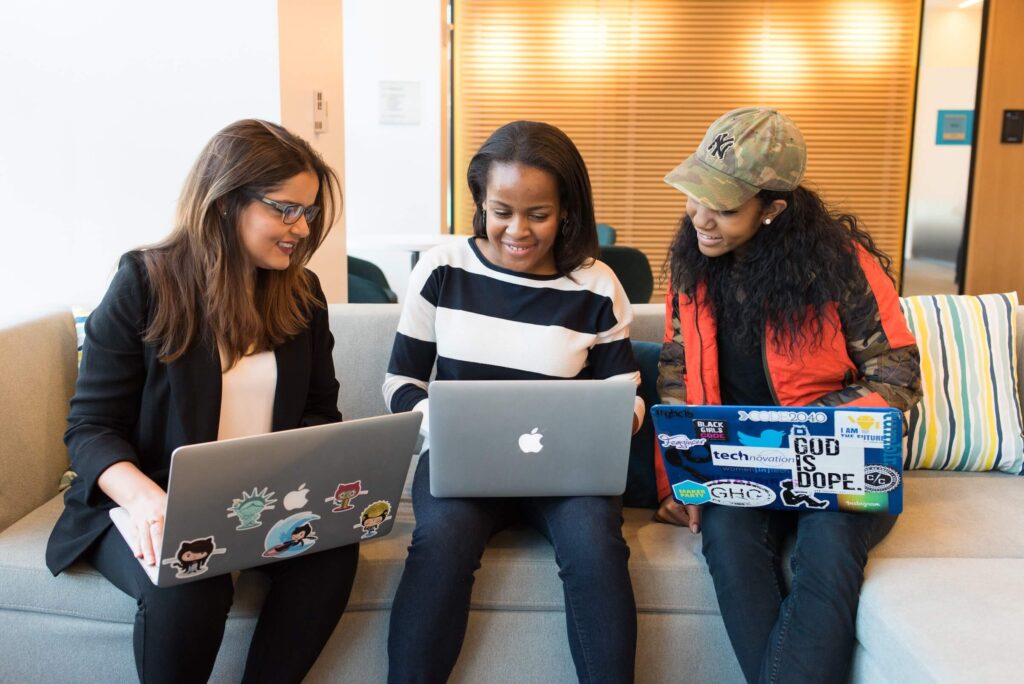Simeon Franklin, Staff Technical Instructor at Twitter, is a Program Manager for Twitter University — the technical education program for engineers at the social network. That job involves teaching courses, mentoring instructors and occasionally writing tools for Engineering Effectiveness team.
In this interview, he talks about the need to provide documentation and education that cuts across the organization and how you can step up and provide leadership that can have a huge impact beyond your initial scope.
Cutting across silos
The issue that Simeon Franklin and his team started with was a need to onboard people on subject matters that cut across different parts of the company.
For example, he would talk to engineers on the one hand who’d say, “I can’t figure out how to do X” and then talk to the respective teams who would say, “We have lots of documentation on this!” It turned out that while there was plenty of great documentation, tutorials, sample programs, and so on for each individual technology, the gap that existed was in how all the pieces fit together. The problem was that you needed to locate and schedule meetings with the different teams responsible for the different technologies, each one providing only a piece of the puzzle.
Frequently a tool will be documented in great detail but there is no documentation on the usage of that tool in a real-world context.
It was this gap that Twitter University has been able to fill: they take ownership of documenting processes and educating the organization in a way that cuts across those different teams and silos.
“It exposes problems in the organization,” Franklin observes. “If making that tutorial is really difficult and requires me to go and hunt down a bunch of different teams and have one-on-one conversations, that is pain that every engineer who needs to solve the same problem experiences. And it’s better that we experience it and fix it. If that tutorial turns out to be super fragile, because the underlying tools and technologies change frequently and so it stops working, that is a pain every engineer faces.”
So the University plays an important role in identifying the problems that don’t fit neatly into any team’s individual work plan. They are addressing an inefficiency in the system that is not immediately obvious and engaging the respective teams in taking responsibility for the big picture and not just their specific domain.
The right level of documentation
Part of the challenge when it comes to documentation and education on these processes for the organization is to get the right level of granularity.
“You often do either too big or too small. For example, ‘how does Thrift work?’ That’s a single technology, one person or one team might own that, and it’s an easy thing to explain. That’s necessary documentation — but it’s not enough. It doesn’t explain how people are using it, who’s using it, why are they using it?”
“At the other end, you can say, ‘How does Twitter work?’ and that’s too big. You can’t get into any of the technical details.”
Franklin describes the example of looking at what happens when you press the ‘like’ button: “here’s how the data flows to a service, here’s where the service stores it, here’s where that eventually gets serialized so that it can, later on, be counted by this other service”. This provides the right level of granularity, cutting across technologies without being unmanageable while adding much more value than just looking at a singular technology in isolation.
“We use the phrase ‘on ramps’. Think of development as a busy freeway: it’s coming fast, it’s got eight lanes of traffic — it can be terrifying to get on. You need some kind of cross-cutting, multi-technology on-ramp so that you understand all of it and you’re ready to go.”
The key, as Franklin explains, is to get over that first hump. Once you have something that works, then you can start iterating and adding more complicated pieces.
Twitter University provides classes but has also been focusing on self-paced, asynchronous tutorials that people can complete in their own time. This allows the small team to meet the demand effectively, as opposed to running a class that perhaps just two people need right now.
Leading from the trenches
For Franklin, the challenge has also been to make recommendations to the organization without necessarily being the subject matter expert. It has required quite a global and ambitious approach to take responsibility for 1,000+ engineers.
“As an instructor, I love to teach Python: I know the Python community, and I have expertise in that particular technology. To go out of my area of expertise and say, ‘Here’s how data analysis at Twitter should be done’ — I think, ‘Who am I to be saying this?’ But there isn’t anyone else to say it.”
“We’re the team to go and talk to the individual teams and say: this is going to be our message, now is your chance to object.”
In taking that responsibility, Franklin and his team will come across questions that can be quite political. There may be several competing pieces of infrastructure, and a choice between using framework A or framework B and so they need to talk to the different teams and drive alignment that doesn’t exist today. This is not an executive, top-down, decision, but something that happens organically.
“Leadership is inherently social. And people either respect you or they don’t — it doesn’t matter what your title is, you can’t make people trust or respect you.”
“All that work does not feel like it’s in the job responsibilities for a technical instructor. But it turns out that there often isn’t someone to make those decisions. We get people in a room together to figure out collectively what the decision should be, and then we publicize it. Everyone comes on board and takes the course, the teams say ‘yes,’ and this becomes the standard. So the University ends up having a lot to do with shaping and socializing the technical culture of the company.”
Measuring results
It can be difficult to measure real results when it comes to education and documentation. What exactly do you measure? What are the metrics that will prove that you’re effective? The things that are easy to measure aren’t necessarily the things that really matter.
“We measure how many people came to the class, what are the feedback ratings… And for documentation: what are the page views? But this doesn’t mean that it’s effective.”
For Franklin and his team, the true measure of success is the organization-wide interest in the work that they are doing. “When new departments come in and request the same solution for the technologies they own, that’s a good sign that a class is working!”
What’s next for Twitter University?
Franklin envisions an onboarding program in which new hires are immediately able to self-assess on entering the company and evaluate their level of mastery, where they fit in the organization and what are the gaps they need to fill. Maybe they need to take a class or read a particular book or manual. This doesn’t have to be a scientific assessment, he says, but a simple set of questions to help the new hire get a customized training plan and get the support they need now so that they are not caught by surprise later on when they find they can’t do something.
This kind of self-assessment would benefit the individual of course, as well as their manager. It would also expose any gaps in the curriculum and flag if there were new documentation and education required on a specific topic.
Another exciting area is machine learning. Hiring in this area has become very competitive and the big players in the industry — Google, Facebook — are launching long training programs for this important technology.
“From an executive level, there was interest in tackling machine learning education at Twitter. My first instinct was that we should think about hiring experts, having a micro-degree, a six-week long training course that walks you through a bunch of different things — because that’s what the rest of the industry was doing.”
“But Jack [Dorsey] wanted everybody at Twitter to be able to answer, ‘What is machine learning?’ And not just engineers but also designers and project managers. So I was handed this mandate to make a class for everyone at Twitter!”
“As an instructor, having a well-defined audience is key for success. I locked myself in a room with our machine-learning expert team and our initial answer was sharing a bunch of cool machine learning algorithms — but it wasn’t cohesive. We went out and taught a couple of versions of this class with both technical and non-technical people — and everyone hated the class!”
“We ended up with a very ‘Twitter’ solution. We would say, ‘A problem Twitter faces is ranking content. We can promote a tweet to the ‘While you were away’ box but there are a bunch of tweets — how do we decide which one we should promote?’ And we came up with a class that walks you through that problem, allowing people to understand the basics of machine learning within a context that everyone is familiar with. And we’ve had really good feedback from non-technical people.”
Franklin realized that beyond the usual technical education for engineers it was important to drive organizational knowledge so that decision makers understand enough to be able to make a call when and where machine learning is an effective solution. ‘While most classes are more “increase engineers’ skill at a specific technology” the impact of driving organizational knowledge and watching conversations emerge from that has been incredibly rewarding.’







